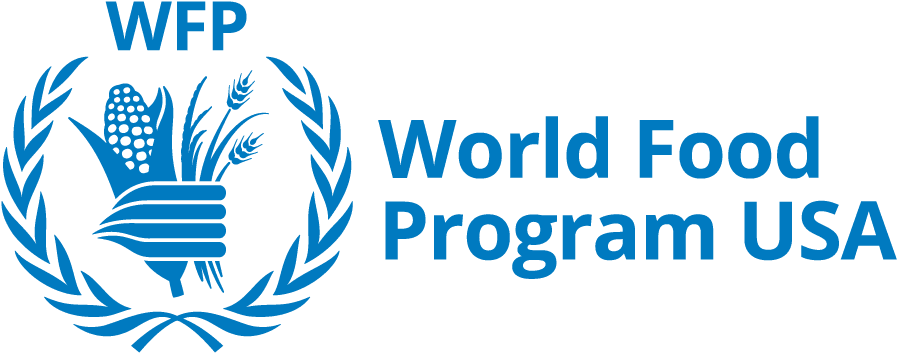Growth in the face of climate shocks
In recent years Ecuador has seen a growth in its GDP, resulting in declining poverty levels and increased investments in social policies, infrastructure, health and education. However, the current economic slowdown, driven by declining oil prices and other factors, may undermine this positive trend.
Ecuador is also highly prone to natural disasters that can devastate communities, livelihoods and infrastructure. In April 2016, a devastating earthquake struck the northern coast, and reconstruction costs were estimated at nearly 3 percent of the GDP.
Vulnerability to natural disasters, soil erosion, environmental degradation and climate change threaten the sustainability of food systems. For these reasons, strengthening preparedness and response mechanisms, as well as enhancing the resilience of communities and individuals to adverse events, is an area of growing interest for the World Food Programme (WFP) and the Government.
 WFP/Giulio d'Adamo/2021
WFP/Giulio d'Adamo/2021


![Ecuador, Reserva Ecológica Manglares Cayapas-Mataje (REMACAM), cantón San Lorenzo, Esmeraldas Province, 8 December 2021
In the Photo: Rosa among the mangroves during her daily work collecting shells. She spends her day in the dense mangrove tree roots swamp buried in waist-high mud, withstanding the bites of mosquitoes, toadfish, fireflies, and other insects for five to six hours each day she works.
"The mangrove means a lot to me because is where we grow up, where our food is produced, is our life. […] I like everything about my mangroves. I like living here because I feel good here. […] We walk in the mangrove full of mud, buried up to the waist in mud. We buried ourselves to be able to remove the shells. That is the mangrove process. It is difficult. The mangrove is difficult. It is extremely demanding work. […] Here everything depends on the mangrove" Rosa says.
Photo: WFP/Giulio d'Adamo](https://www.wfpusa.org/wp-content/uploads/2025/04/WF1453682_20211208_ECU_Giulio-dAdamo_202.jpg)





